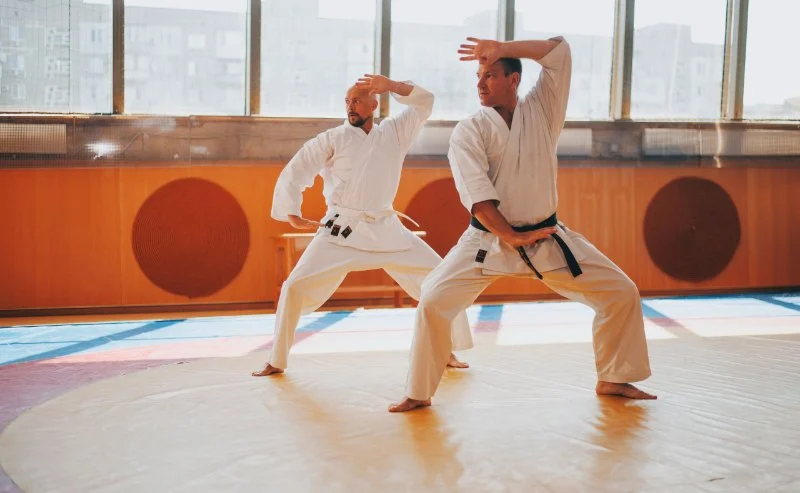
How to Make Your Own Tae Kwon Do Patches for Your Dobok
- Understanding the Purpose of Tae Kwon Do Patches
- Designing Your Own Patch
- Choosing the Right Materials and Tools
- Creating and Assembling the Patch
- Applying the Patch to Your Dobok
1. Understanding the Purpose of Tae Kwon Do Patches
Tae Kwon Do patches are more than just decorative additions—they represent rank, school affiliation, philosophy, and pride. For many practitioners, customizing patches for their dobok (uniform) is a way to express individuality while maintaining respect for tradition. Whether you’re a student looking to add your personal touch or an instructor designing custom patches for your dojang, understanding their symbolism is key.
Each patch tells a story: your journey through Tae Kwon Do, the values you uphold, and your dedication to the art. Some schools even use patches to signify special achievements or leadership roles. If you’re exploring creative patch ideas or need design inspiration, you can find resources and design kits on Jeuns TKD Hub—a go-to destination for martial arts customization and supplies.

Kim's Hapkido Martial Arts / kim's hapkido
PasadenaLos Angeles CountyCalifornia
3324 E Colorado Blvd, Pasadena, CA 91107, USA
2. Designing Your Own Patch
The design phase is where creativity meets meaning. Start by identifying what your patch represents. Is it a school logo, a personal emblem, or a motivational symbol? Simplicity works best—clean lines and bold shapes ensure visibility even from a distance. Traditional Tae Kwon Do designs often incorporate Korean characters, national flags, or martial art symbols such as the yin-yang (taegeuk) or tiger motifs.
Sketch your idea on paper or use digital design software like Adobe Illustrator or Canva. Make sure your color palette aligns with Tae Kwon Do’s traditional aesthetic—red, blue, black, and white are dominant hues. A well-balanced design not only looks professional but also respects the art’s cultural heritage. Once finalized, you can print a sample design to test scale and placement on your dobok sleeve or chest.

Giordano's ATA Martial Arts / giordano's ata martial arts
MurrietaRiverside CountyCalifornia
24540 Village Walk Pl, Murrieta, CA 92562, USA
3. Choosing the Right Materials and Tools
Durability is essential when it comes to martial arts patches. Tae Kwon Do uniforms endure frequent washing and rigorous movement, so your patch should be made from tough, fade-resistant materials. Embroidered twill and polyester threads are popular options for both strength and color vibrancy.
If you’re making the patch yourself, you’ll need basic tools such as fabric scissors, embroidery floss, backing adhesive, and an iron (or heat press). For more detailed designs, an embroidery machine can provide precision and consistency. If you’re unsure where to start, Jeuns TKD Hub offers material bundles and step-by-step patch-making kits perfect for beginners and dojang owners alike.
4. Creating and Assembling the Patch
Once your design and materials are ready, it’s time to bring your patch to life. Start by transferring your design onto the fabric base. If you’re using embroidery, outline the design first with a pencil or washable marker, then begin stitching from the center outward to avoid wrinkles. For machine embroidery, ensure the tension and speed settings are adjusted for your fabric type.
After the stitching is complete, trim the patch carefully and apply an adhesive or heat-activated backing. This step helps maintain the patch’s shape and makes it easier to attach to the dobok later. You can also add a stitched border for a more finished and durable look. Remember: precision matters. A cleanly finished edge gives your patch a professional quality comparable to commercial ones.
5. Applying the Patch to Your Dobok
Placement and attachment are crucial. Most schools have specific guidelines for where patches should go—typically, the school logo on the left chest, the national flag on the sleeve, and rank-related patches on the shoulders or belt. Always confirm placement rules with your instructor before attaching.
To attach, you can sew the patch directly using matching thread or use a heat press for adhesive-backed patches. If sewing, use tight, consistent stitches around the edge to prevent peeling. When using heat, apply firm pressure for 10–15 seconds and allow it to cool before wearing. Once your patch is securely attached, you’ll have a personalized dobok that reflects your Tae Kwon Do spirit and hard work. For additional patch ideas and customization options, explore Jeuns TKD Hub, where martial artists find creative ways to enhance their uniforms.




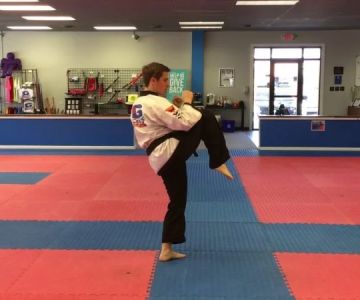
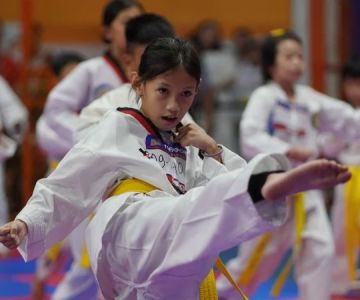

 Rodriguez Taekwondo4.0 (29 reviews)
Rodriguez Taekwondo4.0 (29 reviews) Genbukan Kobushi Dojo5.0 (16 reviews)
Genbukan Kobushi Dojo5.0 (16 reviews) Tigereye TaeKwonDo, Inc.5.0 (20 reviews)
Tigereye TaeKwonDo, Inc.5.0 (20 reviews) Colorado Martial Arts Academy5.0 (27 reviews)
Colorado Martial Arts Academy5.0 (27 reviews) Double Dragon Tang Soo Do4.0 (138 reviews)
Double Dragon Tang Soo Do4.0 (138 reviews) Steve Fisher Karate Studio5.0 (7 reviews)
Steve Fisher Karate Studio5.0 (7 reviews)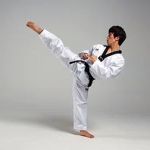 How to Execute a Jumping Roundhouse Kick to the Head
How to Execute a Jumping Roundhouse Kick to the Head How to Execute a Double Kick Combination in Sparring
How to Execute a Double Kick Combination in Sparring How to Perform a Flawless Axe Kick: A Step-by-Step Guide
How to Perform a Flawless Axe Kick: A Step-by-Step Guide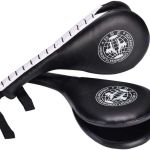 DIY Tae Kwon Do Training Equipment for Home Practice
DIY Tae Kwon Do Training Equipment for Home Practice How to Increase Your Vertical Jump for Tae Kwon Do Flying Kicks
How to Increase Your Vertical Jump for Tae Kwon Do Flying Kicks The History of the Tae Kwon Do Peace Corps
The History of the Tae Kwon Do Peace Corps